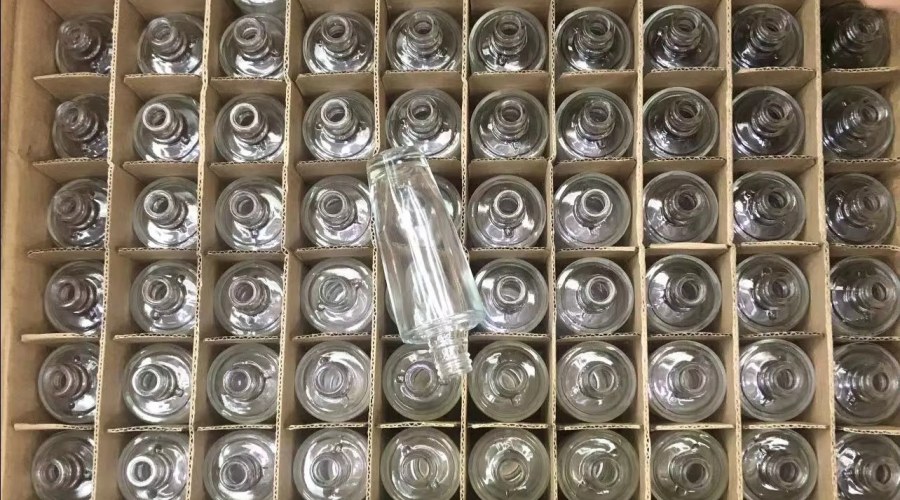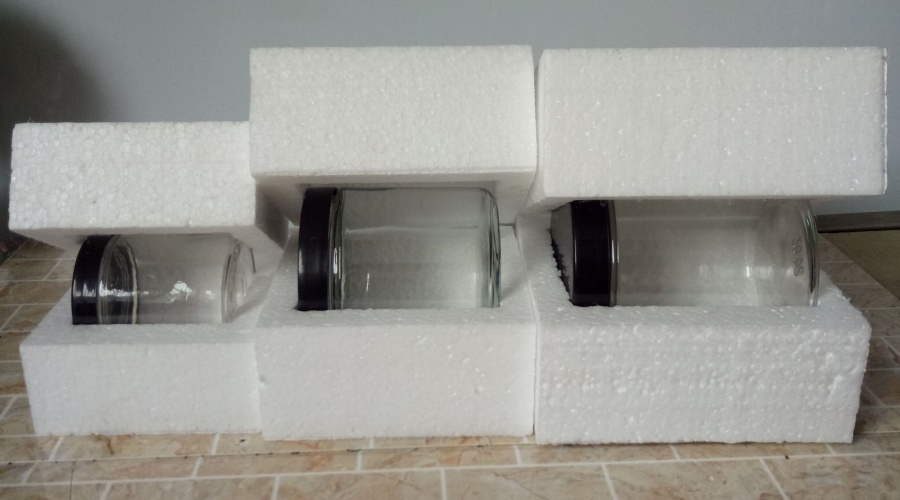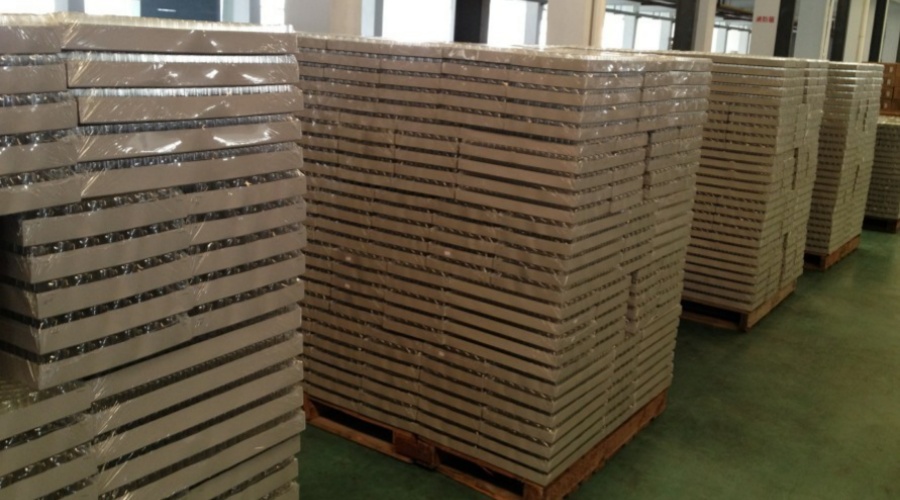

Safely transporting glassware is a complex task requiring technical precision and attention to detail. This guide provides a systematic approach for and shipping glass items securely and cost-effectively. Whether you’re managing a small business or large-scale e-commerce operations, these scientifically driven strategies ensure your products reach their destination intact.

Glass items are inherently fragile, and their susceptibility to breakage stems from their brittleness and sensitivity to external stress. Key challenges include:
Rough Handling: During transit, packages encounter vibrations, drops, and impacts.
Pressure Sensitivity: Glass cannot endure concentrated pressure without fracturing.
Dynamic Forces: Sudden movements in transit, such as acceleration or deceleration, compound the risk of damage.
The foundation of safe shipping begins with the right packaging box. Choose a sturdy, corrugated box slightly larger than the glass item to allow space for protective materials. Factors to consider include:
Box Strength: Minimum edge-crush test (ECT) rating of 32.
Size: Ensure minimal empty space to reduce internal movement.
Careful wrapping of each item minimizes direct impact damage. Recommended materials:
Bubble Wrap: Use two layers, with the bubbles facing inward to cushion the surface.
Foam Sleeves: Provide extra coverage for handles, spouts, or protrusions.
Adhesion: Secure materials with strong packing tape to prevent slipping.

Proper cushioning absorbs shock and prevents glass movement:
Base Layer: Line the bottom with two inches of packing peanuts or foam inserts.
Item Placement: Ensure the glass item is centered within the box.
Gap Filling: Surround the item with crumpled kraft paper, peanuts, or air cushions.
For irregularly shaped or fragile items, custom foam inserts offer:
Form-Fit Design: Cradles glass securely to prevent movement.
Vibration Absorption: Reduces dynamic forces during transit.
Effective sealing protects the package from accidental openings and adds structural integrity:
Use durable, pressure-sensitive packing tape.
Apply tape to all edges and corners, reinforcing seams.
Add two layers of tape for extra security.
Mark packages with labels such as:
"Fragile"
"Handle with Care"
While not failproof, these labels psychologically influence handlers and prompt extra care by shipping companies.
Glass bottles pose unique risks due to their shapes and liquid contents. Additional measures include:
Dividers: Prevent bottles from colliding within the box.
Leak Protection: Apply shrink bands or seals to secure caps.
Custom Compartments: Foam or molded inserts stabilize bottles and prevent tipping.
| Glass Item | Primary Risk | Recommended Solution |
|---|---|---|
| Plain Glassware | Breakage on impact | Bubble wrap + packing peanuts |
| Glass Bottles | Leakage and collision | Dividers + shrink bands |
| Irregular Shapes | Vibration and movement | Custom foam inserts |
| Fragile Prototypes | Surface scratches | Soft foam + layered padding |

Before dispatch, gently shake the sealed package:
No Movement: Indicates proper packing.
Detected Shifting: Requires additional cushioning.
Secure caps with shrink bands and consider using waterproof liners or sealed compartments.
While labeling helps, it is not a substitute for robust packaging. Always follow proper packing protocols.
Not always. They are most effective for irregularly shaped or highly fragile items but may not be cost-effective for standard glassware.
Crumpled kraft paper, biodegradable peanuts, or recycled cardboard inserts can be sustainable choices.
Shipping glass items safely involves meticulous preparation, scientific techniques, and attention to detail. By following these systematic steps, you can reduce risks, enhance customer satisfaction, and optimize costs.
For tailored packaging solutions, consult our team of experts to secure your fragile products with confidence.





